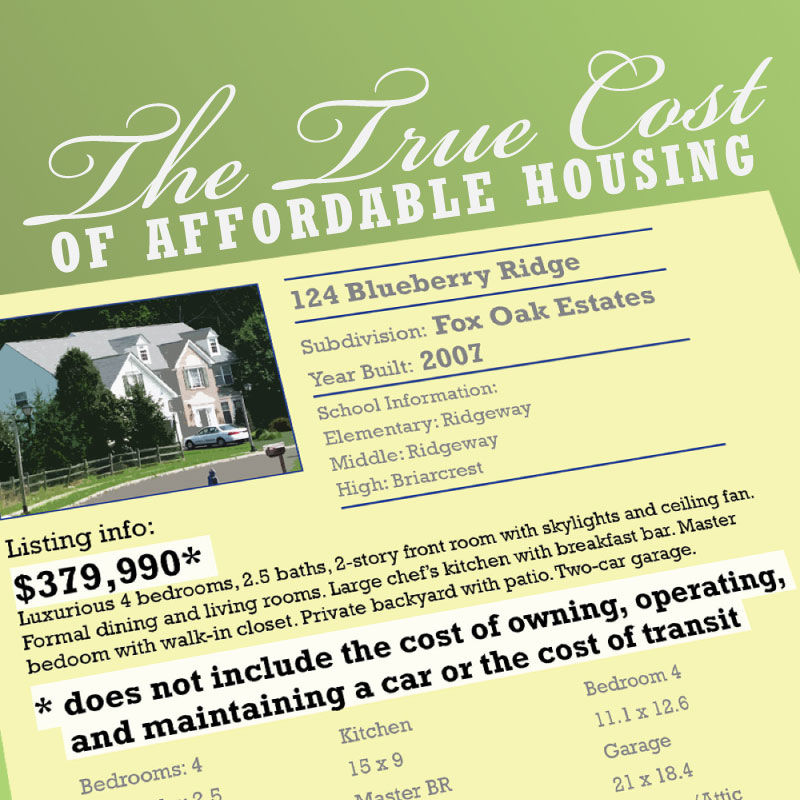So how does this impact how we develop our communities? Location efficiency is an idea that locations, like energy consuming systems, can be designed to be more efficient. Compact neighborhoods with walkable streets and easy access to transit, stores and services have high location efficiency. They require less time, money and greenhouse gas emissions. A location efficient home is a more affordable home.
The idea is catching on. Recently Housing and Urban Development Secretary Shaun Donovan stated in a speech that HUD will be using location efficiency to score their HOPE VI and Choice Neighborhood Initiative grant applications. WRT develops location and energy efficient affordable housing communities all across the nation.

